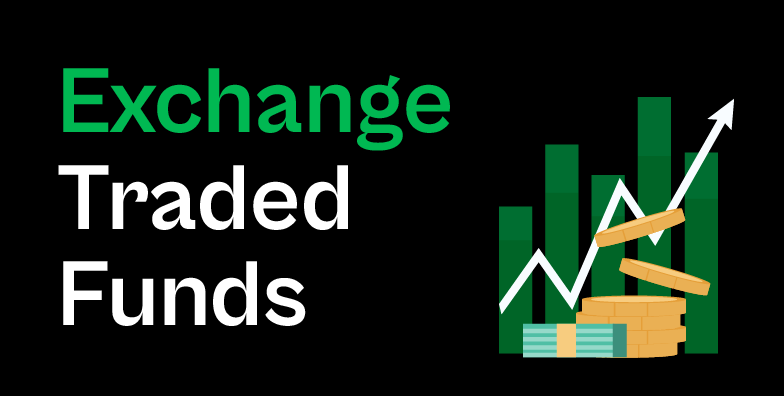Exchange-traded funds (ETFs) have become increasingly popular among investors seeking stable earnings. ETFs provide investors with a way to diversify their portfolio and reduce their risk exposure. However, like any investment, ETFs come with benefits and risks that investors should consider before investing. This article will explore the benefits and risks of investing in ETFs for stable earnings.
Note* For more information click on the image
Benefits of Investing in ETFs
Diversification
One of the main benefits of investing in ETFs is diversification. ETFs are designed to track an underlying index or sector. This means that investors can gain exposure to a variety of stocks, bonds, or other assets by investing in a single ETF. Diversification can help reduce risk and increase stability in an investor’s portfolio.
Low-Cost
Another benefit of ETFs is their low cost. ETFs are typically cheaper than mutual funds, as they do not require a fund manager to actively manage the portfolio. Instead, ETFs are designed to passively track an index or sector, which means they require less oversight. This lower cost can lead to higher returns for investors.
Liquidity
ETFs are also highly liquid. Unlike mutual funds, ETFs trade on an exchange throughout the day. This means that investors can buy and sell ETFs at any time during market hours. This makes ETFs a popular choice for investors who want to trade frequently or take advantage of short-term market trends.
Tax Efficiency
ETFs are generally considered to be tax-efficient investments. Unlike mutual funds, which can trigger capital gains taxes when the fund manager sells stocks within the portfolio, ETFs only trigger taxes when the investor sells their shares. This means that investors can avoid taxes until they decide to sell, which can help increase their returns over time.
Risks of Investing in ETFs
Market Volatility
One of the main risks of investing in ETFs is market volatility. ETFs are designed to track an underlying index or sector, which means that they will fluctuate in value based on the performance of those assets. If the index or sector experiences a significant decline, the ETF may lose value as well. This can lead to a loss of principal for investors.
Lack of Control
Another risk of investing in ETFs is the lack of control. Because ETFs are designed to track an index or sector, investors do not have control over the individual assets within the portfolio. This means that investors cannot make decisions about which stocks or bonds to buy or sell within the ETF. This lack of control can be a disadvantage for investors who prefer a more hands-on approach to investing.
Liquidity Risks
While ETFs are generally considered to be highly liquid, there can be liquidity risks associated with certain ETFs. Some ETFs may have lower trading volumes, which can make it more difficult for investors to buy or sell shares at their desired price. This can lead to higher transaction costs or even a loss of principal if the investor is unable to sell their shares when they want to.
Tracking Error
ETFs are designed to track an underlying index or sector, but they may not always track it perfectly. This can result in what is known as tracking error. Tracking error occurs when the ETF’s performance deviates from the performance of the underlying index or sector. This can be caused by a variety of factors, including trading costs and differences in the composition of the ETF’s portfolio compared to the index or sector it is designed to track.
Conclusion
Investing in ETFs can be a great way to achieve stable earnings and diversify a portfolio. ETFs offer low costs, high liquidity, and tax efficiency, making them a popular choice among investors. However, investors should also be aware of the risks associated with ETFs, including market volatility, lack of control, liquidity risks, and tracking error Tracking error is an important risk to consider when investing in ETFs. While ETFs are designed to track an underlying index or sector, they may not always track it perfectly. This can be caused by a variety of factors, including differences in the composition of the ETF’s portfolio compared to the index or sector it is designed to track, trading costs, and management fees.
It is important for investors to understand the risks associated with investing in ETFs and to carefully consider their investment goals and risk tolerance before investing. While ETFs can offer many benefits, including diversification and low costs, they also come with risks that investors should be aware of. By carefully considering the benefits and risks of investing in ETFs, investors can make informed decisions about how to best achieve stable earnings in their portfolio.








